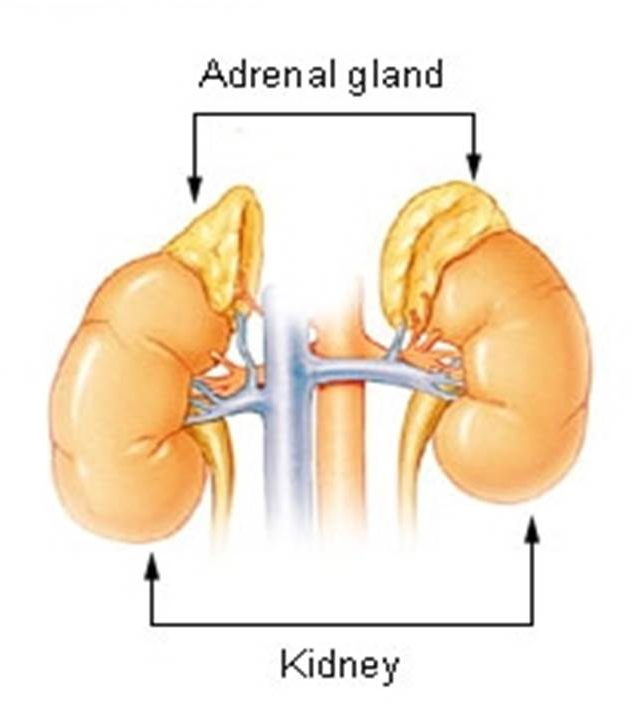

You should notify your surgeon if you experience any of these symptoms postoperatively. These are all normal symptoms following major surgery. They will also need follow-up visits with your doctor to ensure that the cancer has been removed completely and any metastases found during the surgery have not spread.Īfter surgery, patients may experience fatigue, fever, pain, bleeding, or swelling. Patients will need care after their surgery in order to prevent complications such as infection.

If the illness affects neighboring tissue and lymph nodes, a radical nephrectomy and lymph node dissection are undertaken. How do they remove a tumor from the kidney?Ī radical nephrectomy is a surgery that removes the tumor, the whole kidney, and the surrounding tissue. If the test results show problems, more specialized tests may be required. After the surgery, patients will need to have regular blood tests to check the function of their remaining kidney. Radical nephrectomies are commonly performed for renal cell carcinoma cases. Patients are also advised not to eat foods that are hard to digest after the operation because doing so could lead to blockages in the digestive system. These medications can cause dry mouth so, patients are encouraged to drink plenty of fluids to keep their mouth moist.

The patient is also given medicine to prevent infections after surgery. During the removal of the kidney, this fascia must be cut so that the gland can be removed along with the kidney.Īfter the surgery, the patient is given medication to reduce the risk of bleeding during surgery and post-surgery. The adrenal gland is attached to the kidney by a thin layer of tissue called the adrenal fascia. However, since most tumors are found in the cortex of the kidney, which is rich in blood vessels but sparse in muscle, the surgeon usually removes the whole kidney after first isolating it using the polar technique. If the tumor is adjacent to or includes the adrenal gland, the surgeon may remove it from above the kidney. The surgeon removes the entire kidney, the fatty tissues around the kidney, and a part of the tube linking the kidney to the bladder during a radical nephrectomy (ureter).


 0 kommentar(er)
0 kommentar(er)
